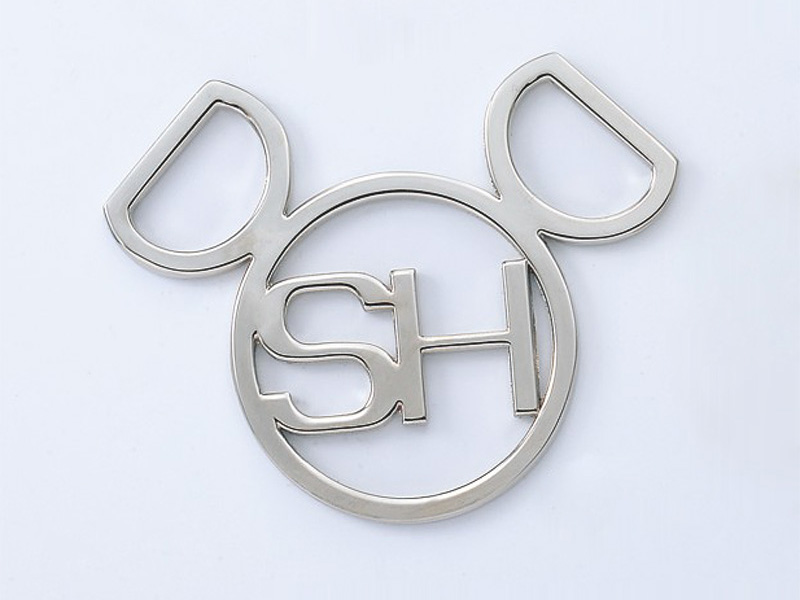Among the products of metal label, the proportion of aluminium label accounts for more than 90% of the metal label. For more than half a century, the use of aluminium plate to make the label has lasted for a long time. The main reason is that alloy label customization has decorative expressiveness. Many decorative processes can be applied and brought into play on aluminium materials. It is easy to obtain a colorful and multi-combination of high-level decorative layer. On the other hand, it is decided by a series of excellent properties of aluminium.
The site temperature of the aluminium alloy sign should be between 23 and 25 degrees Celsius. If the humidity in the working environment is too heavy, the glue will be oxidized into fog or air bubbles. Low or high temperature will affect the solidification and operation time of glue 8, dripping glue in the concentrated area to be dry, the drying temperature should be controlled at about 28-40 C. 9, if the goods are in a panic, can use heating solidification method, but it must be in the concentrated area to be dry for more than 90 minutes before stopping heating. The heating temperature should be controlled within 65 C, and the detailed time should be determined according to the glue itself.
Alloy label customization specializes in the design and manufacture of various aluminum alloy labels. The label factory is convinced that trust comes from pragmatism. Only by standing in the customer's point of view for the sake of customers, can we really win the market. We have always been committed to ethics, honest service and customers to establish a frank relationship, and win in the competition from time to time.

As for the aluminium alloy label dispensers, they strictly operate according to the dispensing operation book. The dispensers will drop the crystal glue which matches and cleans the air bubbles onto the pattern, cover one plate with one drop, so as to avoid dust and sundries falling on the surface. After 3-4 boards are dripped, check the first board to make sure whether the amount of dripping glue can be increased or decreased, and trim it with silicone oil base paper to make the crystal glue flow to the edge of the pattern. When trimming, the printing appearance should not be damaged. The thickness of dripping glue is generally controlled at (2 +0.2) mm.
The operation of imported plastic droplets is as follows:
1. Process flow: Intake - Vacuum - Cleaning Machine - Defoaming - Dropping Gum - Repairing - Blocking Operators Operate strictly according to the process request in the Dropping Machine operation book and the above table.
2. Setting the proportion of strict technical conditions before drop moulding, the error is not more than 2%.
3. Dropping distance can not exceed the alarm time. If the alarm time arrives, the plastic dripping should be grasped.
4. The dropping amount should not be shaken greatly, and the thickness should be controlled at (2 + 0.2) mm. 5. When finishing after dropping glue, it is not allowed to damage the appearance of the printed matter to make it ink-drop or appear bubbles.
The characteristics of alloy tag customization:
1. The density of light weight aluminium is 2.702 g NaN3, which is only 1/3 of that of copper and aluminium. The aluminium label will not increase the weight of the equipment, but also save the cost.
2. Processing easy aluminium has excellent ductility, easy shearing, and easy stamping forming, which can meet the requirements of the special process of the label.
3. Hard and dense oxide films can be formed on the surface of aluminium and its alloys with good corrosion resistance.
4. Aluminum oxide film with good weatherability can not be corroded by many substances. It will also have excellent durability in the harsh environment of industrial areas and coastal areas.
5. Without magnetic aluminium, it is non-magnetic, and the aluminium label will not cause external interference to the instrument and equipment.


